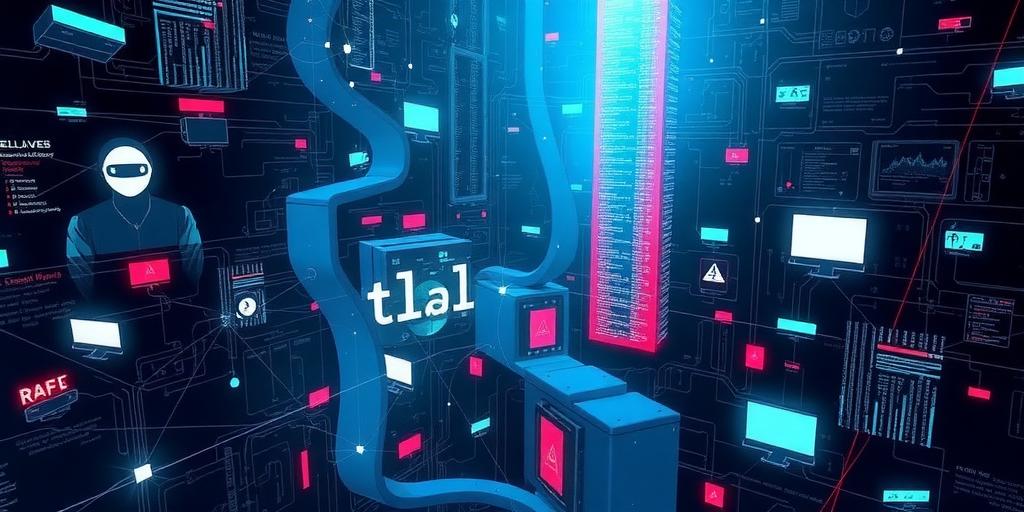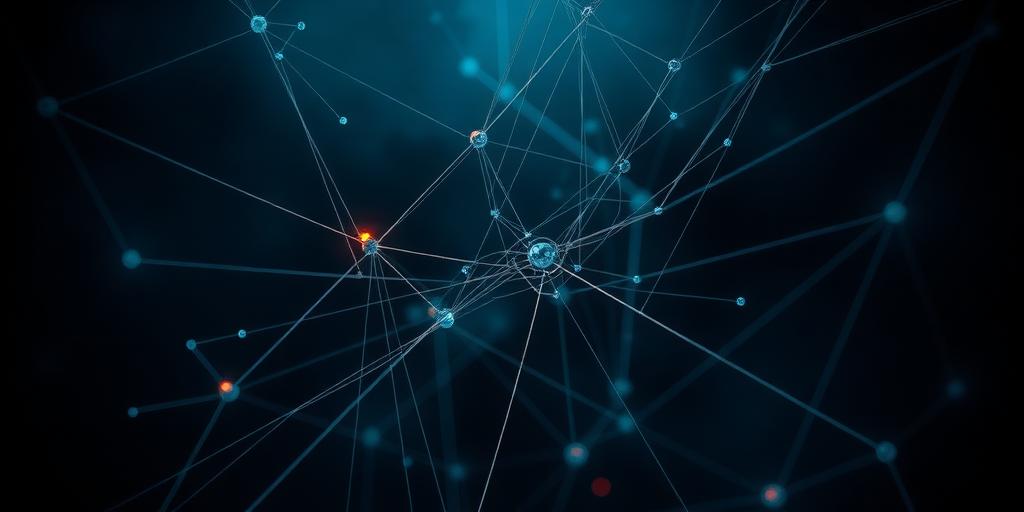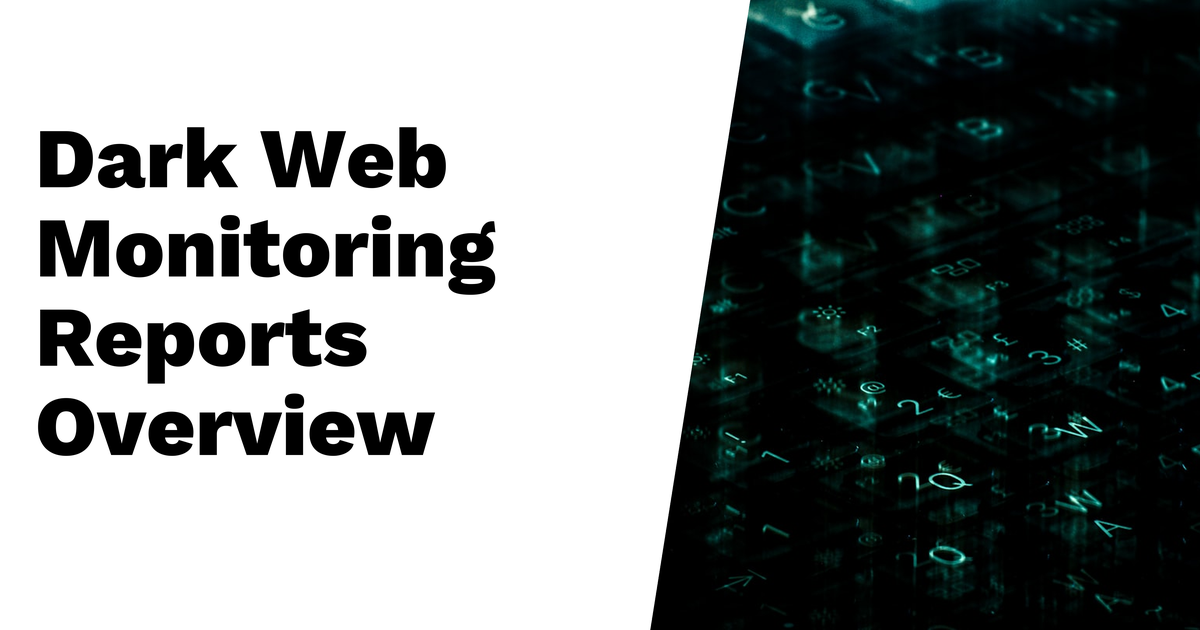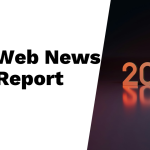Dark web monitoring is crucial for today’s organizations, as it involves scanning hidden areas of the internet to find leaked or stolen sensitive information. This process helps in detecting data breaches early, minimizing risks associated with cyber threats. Key components include specialized crawlers and parsers that gather data from dark web forums and alert mechanisms that notify companies about potential threats. It’s an ongoing effort, requiring continuous surveillance to stay ahead of cybercriminals who trade in stolen credentials and other sensitive information. While effective dark web monitoring enhances security and ensures compliance with regulations, it demands significant resources due to the complex nature of the dark web landscape.
Table of Contents
- What is Dark Web Monitoring?
- Key Components of Dark Web Monitoring
- How Dark Web Monitoring Works
- Benefits of Dark Web Monitoring
- Types of Risks Identified Through Dark Web Monitoring
- Challenges in Dark Web Monitoring
- The Future of Dark Web Monitoring
- Frequently Asked Questions
What is Dark Web Monitoring?

dark web monitoring is the practice of searching the hidden parts of the internet, known as the dark web, to find sensitive information that may have been leaked or stolen, such as personal credentials, corporate data, and intellectual property. This monitoring is crucial for organizations to detect potential data breaches quickly and to manage risks before they escalate into serious problems. The dark web is a unique place, not indexed by standard search engines, making it a hub for cybercriminals who engage in illegal activities, including the trade of stolen data and hacking tools. Organizations leverage dark web monitoring to stay a step ahead of these threats, gaining insights into the landscape of cybercrime and understanding what types of data may be at risk. This process can involve both automated tools and manual efforts to gather information from various dark web sources, helping companies develop stronger cybersecurity strategies and protect sensitive data from exploitation by cybercriminals.
Key Components of Dark Web Monitoring
Dark web monitoring relies on several key components to effectively identify and respond to potential threats. Crawlers and parsers are crucial tools that explore dark web sites, gathering data from forums and marketplaces. These bots enable organizations to extract relevant information, such as stolen credentials, which can be crucial for mitigating risks. Alert mechanisms notify security teams about detected threats, allowing for timely responses when sensitive data is compromised.
Data enrichment plays a significant role in transforming raw data into actionable insights by adding context, such as correlating findings with known breaches. This enriched data helps security teams make informed decisions. Dashboards and reporting tools provide a centralized view of monitoring efforts, enabling easy analysis of the collected data and facilitating quick action.
Integrating threat intelligence is also vital; combining dark web insights with other intelligence sources enhances overall defense strategies. User access management ensures that only authorized personnel can access sensitive monitoring data, while regular updates keep monitoring tools refined and effective against evolving threats. Compliance tracking is essential for aligning monitoring practices with legal and regulatory requirements, ensuring that organizations stay within the law.
Moreover, machine learning capabilities can help identify patterns and anomalies in the data more efficiently, allowing for a proactive approach to threat detection. Finally, support services can provide professional assistance, enhancing the effectiveness of monitoring efforts.
| Component | Description |
|---|---|
| Crawlers and Parsers | Specialized bots that navigate dark web forums to collect data and extract structured information. |
| Alert Mechanisms | Systems that notify organizations of detected threats based on predefined criteria. |
| Data Enrichment | Enhancing raw data with contextual information to improve decision-making. |
| Dashboards and Reporting Tools | Interfaces for visualizing findings and facilitating appropriate actions. |
| Threat Intelligence Integration | Combining dark web insights with other intelligence sources to strengthen defenses. |
| User Access Management | Controls ensuring only authorized personnel can access sensitive monitoring data. |
| Regular Updates | Continuous refinement of monitoring tools to keep up with evolving threats. |
| Compliance Tracking | Ensuring monitoring practices align with legal and regulatory requirements. |
| Machine Learning Capabilities | Utilizing algorithms to identify patterns and anomalies in data. |
| Support Services | Professional assistance that enhances monitoring effectiveness. |
How Dark Web Monitoring Works

dark web monitoring employs various techniques to safeguard sensitive information. First, automated systems engage in data crawling, constantly searching dark web forums, marketplaces, and other hidden sites for valuable data. This process ensures that any sensitive information, such as personal credentials or corporate data, is identified as soon as it appears. Once data is collected, it undergoes data matching, where the identified information is compared against an organization’s databases to determine if any data breaches have occurred.
In addition to identifying compromised data, dark web monitoring involves threat intelligence gathering, which continuously collects information about the latest cyber threats and tactics used by criminals. This ongoing collection helps organizations stay informed about evolving risks. When compromised data is detected, real-time notifications are issued, allowing organizations to act swiftly and mitigate potential damage. Continuous surveillance is also critical, as regular checks ensure that new threats are identified and addressed promptly.
Advanced algorithms enhance this process through anomaly detection, identifying unusual activities that may signal a threat. Furthermore, user behavior monitoring tracks how individuals interact with sensitive data, revealing potential vulnerabilities. Collaboration with law enforcement agencies can also be part of the strategy, as sharing findings can aid in combating cybercrime. Data analysis provides deeper insights into the threat landscape, and feedback loops help improve monitoring strategies, making dark web monitoring a dynamic and responsive approach to cybersecurity.
- Data Crawling: Automated systems continuously search dark web forums, marketplaces, and other sites for sensitive information.
- Data Matching: Identified data is compared against the organization’s databases to check for breaches.
- Threat Intelligence Gathering: Ongoing collection of information helps organizations stay updated on the latest threats.
- Real-time Notifications: Alerts are issued immediately when compromised data is detected, allowing for quick action.
- Continuous Surveillance: Regular checks ensure that any new threats are identified and addressed promptly.
- Anomaly Detection: Advanced algorithms can identify unusual activities that may indicate a threat.
- User Behavior Monitoring: Tracking how users interact with data can reveal potential vulnerabilities.
- Collaboration with Law Enforcement: Sharing findings with authorities can aid in combating cybercrime.
- Data Analysis: Analyzing collected data provides deeper insights into the threat landscape.
- Feedback Loops: Continuous improvement of monitoring strategies based on results and feedback.
Benefits of Dark Web Monitoring
Dark web monitoring offers significant benefits that can enhance an organization’s security strategy. One of the primary advantages is early threat detection, which allows businesses to identify potential breaches before they escalate into major incidents. This proactive approach can save organizations from extensive damage and costly recovery efforts.
Moreover, dark web monitoring plays a crucial role in protecting sensitive data, including customer details and financial records. By keeping a close watch on the dark web, organizations can quickly discover if their data has been compromised, enabling them to take immediate action to safeguard their assets.
Regulatory compliance is another critical benefit. Many organizations must adhere to strict data protection regulations, such as GDPR or HIPAA. Dark web monitoring helps in meeting these standards by providing timely insights into possible data leaks, thus ensuring compliance and avoiding hefty fines.
In terms of reputation, proactive threat identification can minimize reputational damage. Maintaining trust with clients and stakeholders is vital for any organization, and being able to quickly address potential threats helps reinforce that trust.
Additionally, preventing breaches can lead to significant cost savings. The financial implications of a data breach can be staggering, including recovery costs and potential fines. Dark web monitoring assists in avoiding these expenses by catching threats early.
Improved incident response is another advantage, as timely alerts and insights allow organizations to react more effectively to emerging threats. This increased responsiveness contributes to an enhanced overall security posture, as regular monitoring helps strengthen cybersecurity measures.
Access to dark web data fosters informed decision-making, enabling organizations to make strategic security choices based on the latest threat intelligence. This capability not only helps mitigate risks but can also provide a competitive advantage, allowing organizations to stay ahead of potential threats in their industry.
Finally, sharing insights gained through dark web monitoring with industry peers promotes community awareness and fosters a collective approach to cybersecurity, ultimately benefiting the broader business ecosystem.
Types of Risks Identified Through Dark Web Monitoring
Dark web monitoring reveals several types of risks that can significantly affect individuals and organizations. One prominent risk is stolen credentials, where usernames and passwords are frequently traded in dark web forums. This raises the potential for unauthorized access to accounts and sensitive systems. Additionally, data leaks are common, with personal and financial information often sold or openly discussed, which can lead to identity theft and financial fraud. Corporate espionage is another serious concern; compromised business data can endanger a company’s competitive position in the market. Furthermore, the dark web is a marketplace for ransomware and malware, where cybercriminals exchange tools and services to conduct attacks. Fraudulent activities thrive as well, with stolen information used to deceive individuals or organizations. Social engineering tactics are often discussed, providing insights into how criminals manipulate targets, which can help organizations bolster their defenses. Phishing schemes are prevalent too, as techniques for such attacks circulate in dark web communities. Supply chain risks emerge when vendor information is compromised, jeopardizing overall organizational security. Continuous monitoring of the dark web also uncovers emerging trends, helping organizations stay ahead of new tactics and threats in the ever-evolving cyber landscape.
Challenges in Dark Web Monitoring
The dark web presents a complex ecosystem that makes monitoring difficult. Its structure is labyrinthine, filled with various sites and forums where sensitive information can be hidden. This complexity demands advanced tools and skilled personnel, leading to high resource requirements. Effective monitoring goes beyond just technology; it requires significant investment in human expertise, which can be a challenge given the current skill shortages in cybersecurity. The anonymity of users adds another layer of difficulty, as identifying threat actors becomes nearly impossible. Moreover, the sheer volume of data generated can lead to information overload. Organizations must efficiently filter and analyze this data to extract meaningful insights. Cybercriminals also adapt rapidly, making it essential for monitoring tools to be continuously updated. Legal and ethical concerns further complicate the landscape, as organizations must navigate the fine line between vigilance and privacy infringement. Additionally, the risk of false positives, misidentifying benign data as a threat, can lead to unnecessary actions and resource waste. Finally, integrating dark web monitoring solutions with existing security tools can pose compatibility challenges, potentially hindering the overall effectiveness of an organization’s cybersecurity strategy.
The Future of Dark Web Monitoring
The future of dark web monitoring is poised for significant transformation, driven by technological advancements and a shifting landscape of cyber threats. Emerging technologies like artificial intelligence and machine learning will enhance monitoring capabilities, enabling faster and more accurate identification of compromised data. Organizations will increasingly collaborate, sharing intelligence to bolster overall security. This greater cooperation can lead to a more robust defense against cybercriminals who exploit the dark web for their activities.
Regulatory developments will also play a critical role, as new laws may dictate how organizations conduct dark web monitoring and safeguard personal data. Striking the right balance between effective monitoring and respecting user privacy rights will become increasingly important, ensuring that security measures do not infringe on individual freedoms.
As dark web monitoring evolves, it will integrate more seamlessly with broader cybersecurity strategies. This integration will position dark web monitoring as a foundational element in a holistic approach to cyber defense. The expansion of services means that more companies will offer dark web monitoring as a standard feature, making it more accessible to a wider range of organizations.
User interfaces are expected to improve, leading to more user-friendly dashboards and reporting options that present insights clearly and concisely. Real-time analytics will provide deeper insights into threats as they arise, allowing organizations to respond swiftly. Community-based monitoring efforts may also gain traction, where organizations pool resources and knowledge to enhance their monitoring capabilities.
As the threat landscape evolves, dark web monitoring must adapt continuously. Cybercriminals are known for developing new tactics, and monitoring systems will need to keep pace to remain effective in combating these threats.
Frequently Asked Questions
What exactly is a dark web monitoring report?
A dark web monitoring report is a document that shows if your personal information, like email addresses or passwords, has been found on the dark web, which is a part of the internet not indexed by search engines.
How does dark web monitoring work?
Dark web monitoring works by using special tools to search the dark web for stolen data, then compiles a report to inform you if any of your information has been compromised.
Why is it important to read my dark web monitoring report?
Reading your dark web monitoring report is important because it helps you understand whether your information is at risk, so you can take protective steps, like changing passwords or monitoring your accounts.
What kind of information can be found in a dark web monitoring report?
A dark web monitoring report can include information about compromised usernames, email addresses, passwords, credit card details, and even personal identification numbers that may have been leaked.
How often should I check my dark web monitoring report?
You should check your dark web monitoring report regularly, ideally every few months, to stay updated on any potential risks to your online security.
TL;DR Dark web monitoring involves scanning hidden internet areas to identify leaked sensitive information, helping organizations detect breaches early. Key components include crawlers, alert systems, and data enrichment tools. Monitoring works through continuous data crawling, matching with organizational assets, and providing real-time alerts. Benefits include early threat detection, protection of sensitive data, and compliance with regulations. Risks identified include stolen credentials and data leaks. Challenges include the dark web’s complexity and resource demands. As cyber threats evolve, effective dark web monitoring is crucial for cybersecurity.





